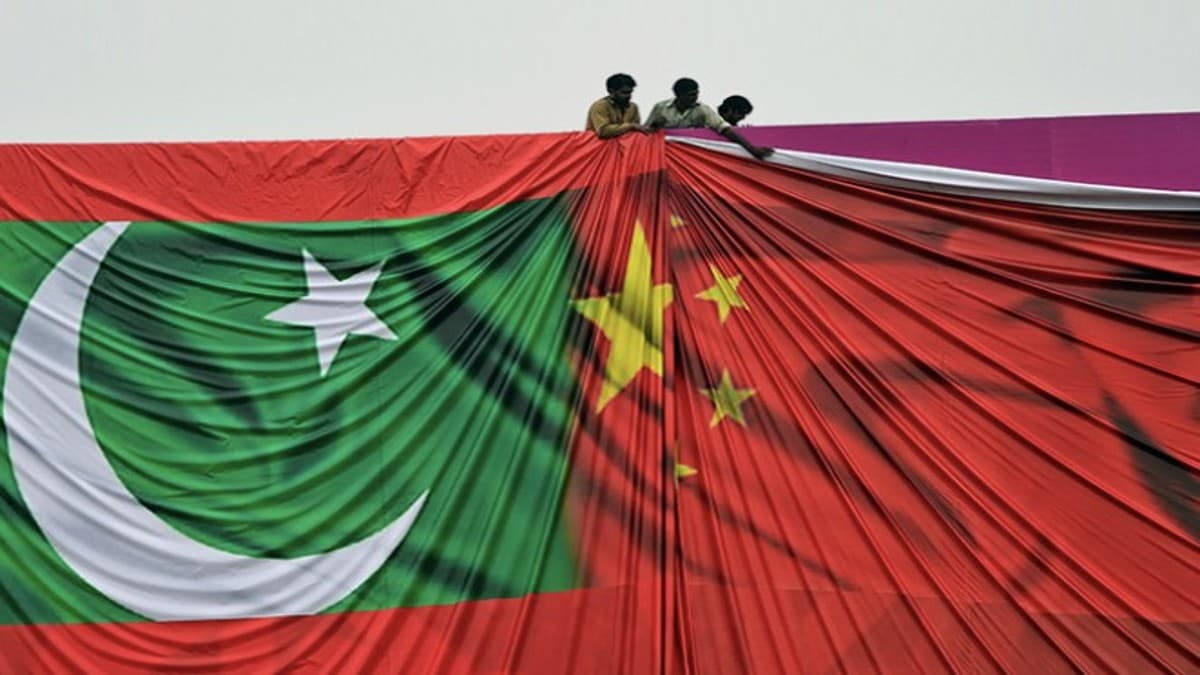China has turned Pakistan into a laboratory to test its weapon systems, according to Lieutenant General Rahul R Singh, the Deputy Chief of Army Staff. He further said that China provided real-time intelligence to Pakistan during Operation Sindoor and became India’s backdoor adversary.
read more
The alliance between the two countries is such that China has now become India’s “backdoor adversary” and has turned Pakistan into a live laboratory to test its weapons and military systems, according to Lieutenant General Rahul R Singh, the deputy chief of the Indian Army.
As Turkey also stood with Pakistan in the conflict with India in May, India now essentially faces not one but three adversaries on its Western border, said Singh.
In the India-Pakistan conflict in May, Pakistan relied heavily on Chinese and Turkish weapons and military systems. Pakistan used China’s PL-15 missiles, J-10 and JF-17 fighter planes, and HQ-9 air defence systems, and Turkey’s drones against India.
“We had one border and two adversaries — actually three. Pakistan was in the front. China was providing all possible support — 81 per cent of the military hardware with Pakistan is Chinese…China is able to test its weapons against other weapons, so it’s like a live lab available to them. Turkey also played an important role in providing the type of support it did,” said Singh at the ‘New Age Military Technologies: Industry Capabilities & Way Forward’ conference on Friday.
India launched Operation Sindoor on the intervening night of May 6-7 in response to the Pahalgam terrorist attack in which 26 people were killed. After India struck nine terrorist sites in Pakistan and Pakistan Occupied Jammu and Kashmir (POJK), Pakistan attacked military and civilian sites across northwestern India. In the four-day conflict, India responded by battering several Pakistani military sites, including airbases, radar sites, and air defence systems.
‘China is acting as backdoor adversary’
With such an axis that Pakistan has forged, India now essentially faces three adversaries on its Western border in the form of Pakistan, China, and Turkey, according to Singh.
As for the role of China, Singh said that it provided real-time support intelligence to Pakistan and this continued even at the negotiations were going on at the level of the directors general of military operations (DGMOs).
“Pakistan was the front face. We had China providing all possible support and it’s no surprise because if you were to look at statistics in the last five years, 81 per cent of the military hardware that Pakistan is getting is all Chinese. And China of course has the good old dictum ‘killed by a borrowed knife’ — the 36 stratagems that China talks about. So, they would rather use the neighbour to cause pain then getting involved in the mudslinging a match on the northern border,” said Singh.
Even though major population centres were not attacked in the conflict in May, India should be prepared for it for future rounds of conflict.
Outside of Jammu and Kashmir, where civilian sites, including houses and religious places, were struck, attacks on civilian sites were not widely reported. India had said that Pakistan had launched missiles and drones at Amritsar, the holiest city for Sikhs, but those attacks were foiled.
Notably, Singh said that an Israeli Iron Dome-like system cannot work in India because of the size of the country.
“We do not have the luxury like we have been seeing the way Israel has with the Iron Dome and number of other air defense features that they have. We do not have a luxury because our country is vast so and such things cost a lot of money,” said Singh.
